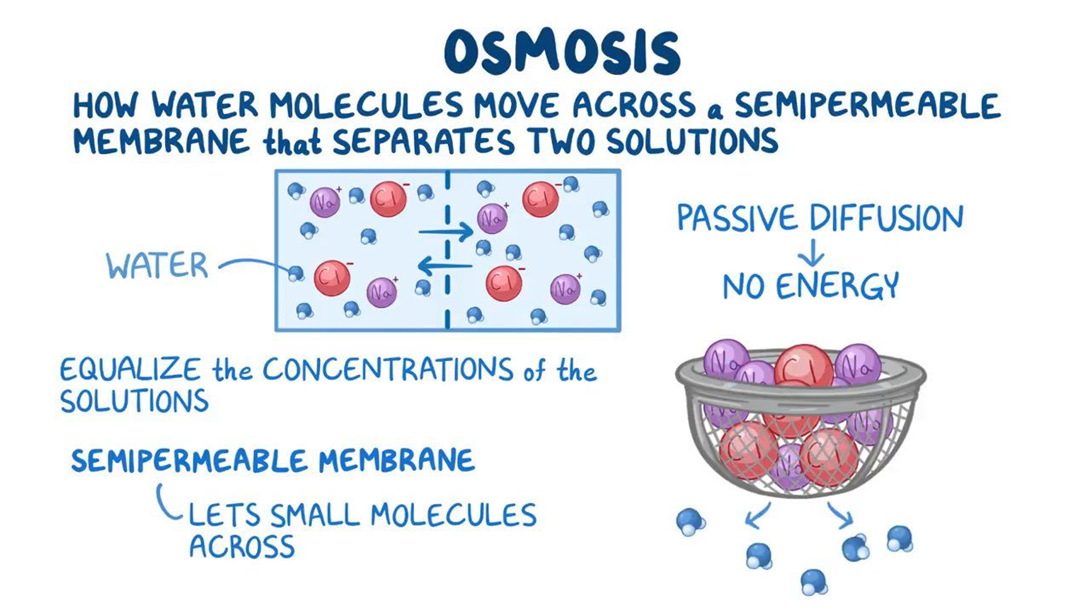A client has been brought to the emergency department with abdominal pain and is subsequently diagnosed with appendicitis. The client is scheduled for an appendectomy but questions the nurse about how his health will be affected by the absence of an appendix. How should the nurse best respond?
The surgeon will encourage you to limit your fat intake for a few weeks after the surgery, but your body will then begin to compensate.
Your appendix doesn't play a major role so you won't notice any difference after your recovery from surgery.
Your body will absorb slightly fewer nutrients from the food you eat, but you won't be aware of this.
Your small intestine will adapt over time to the absence of your appendix.
The Correct Answer is D
Choice A reason: This statement is not the best response for the nurse to give. The surgeon will not encourage the client to limit their fat intake after an appendectomy, as this has nothing to do with the appendix. The appendix is a small pouch attached to the beginning of the large intestine, not the small intestine where most of the fat digestion and absorption occurs.
Choice B reason: This statement is not the best response for the nurse to give. The appendix does play a role in the immune system and the gut microbiome, as it contains lymphoid tissue and beneficial bacteria. The client may notice some changes in their immunity or digestion after an appendectomy, especially if they have an infection or take antibiotics.
Choice C reason: This statement is not the best response for the nurse to give. The appendix does not affect the absorption of nutrients from the food the client eats, as it is not involved in the digestive process. The appendix is located at the end of the small intestine, where most of the nutrients have already been absorbed.
Choice D reason: This statement is the best response for the nurse to give. The appendix is not essential for survival, and the small intestine can adapt to its removal over time. The client may experience some temporary symptoms such as diarrhea, bloating, or gas after an appendectomy, but these usually resolve within a few weeks. The nurse should reassure the client that they can live a normal and healthy life without an appendix.
Nursing Test Bank
Naxlex Comprehensive Predictor Exams
Related Questions
Correct Answer is C
Explanation
Choice A reason: The client quitting smoking 6 months ago is not a factor that would exclude her from being an appropriate surgical candidate. In fact, smoking cessation is a requirement for bariatric surgery, as smoking increases the risk of complications such as infection, thrombosis, and poor wound healing.
Choice B reason: The client having a strong family history of obesity is not a factor that would exclude her from being an appropriate surgical candidate. Family history is one of the genetic factors that can contribute to obesity, but it does not determine the eligibility for bariatric surgery. Other factors such as BMI, comorbidities, lifestyle, and motivation are more important.
Choice C reason: The client drinking six to eight cans of beer daily is a factor that would exclude her from being an appropriate surgical candidate. Alcohol abuse is a contraindication for bariatric surgery, as it can cause liver damage, malnutrition, dehydration, and addiction transfer. The client would need to abstain from alcohol for at least 6 months before and after the surgery.
Choice D reason: The client having poorly controlled type 2 diabetes is not a factor that would exclude her from being an appropriate surgical candidate. Type 2 diabetes is one of the comorbidities that can qualify a client for bariatric surgery, as it can improve or resolve after the surgery. However, the client would need to have a good glycemic control before the surgery to reduce the risk of complications.
Correct Answer is B
Explanation
Choice A reason: Active transport is not the process that allows fluid to pass through a membrane from a dilute to a more concentrated area. Active transport is the process that moves solutes across a membrane against their concentration gradient, using energy from ATP. Active transport can create or maintain a concentration difference between two sides of a membrane.
Choice B reason: Osmosis is the process that allows fluid to pass through a membrane from a dilute to a more concentrated area. Osmosis is the movement of water across a selectively permeable membrane from an area of low solute concentration to an area of high solute concentration. Osmosis can equalize the concentration of solutes on both sides of a membrane.
Choice C reason: Filtration is not the process that allows fluid to pass through a membrane from a dilute to a more concentrated area. Filtration is the movement of fluid and solutes across a membrane due to a pressure difference between two sides of a membrane. Filtration can separate solutes from fluid based on their size and charge.
Choice D reason: Diffusion is not the process that allows fluid to pass through a membrane from a dilute to a more concentrated area. Diffusion is the movement of solutes across a membrane from an area of high solute concentration to an area of low solute concentration. Diffusion can also equalize the concentration of solutes on both sides of a membrane.

Whether you are a student looking to ace your exams or a practicing nurse seeking to enhance your expertise , our nursing education contents will empower you with the confidence and competence to make a difference in the lives of patients and become a respected leader in the healthcare field.
Visit Naxlex, invest in your future and unlock endless possibilities with our unparalleled nursing education contents today
Report Wrong Answer on the Current Question
Do you disagree with the answer? If yes, what is your expected answer? Explain.
Kindly be descriptive with the issue you are facing.
